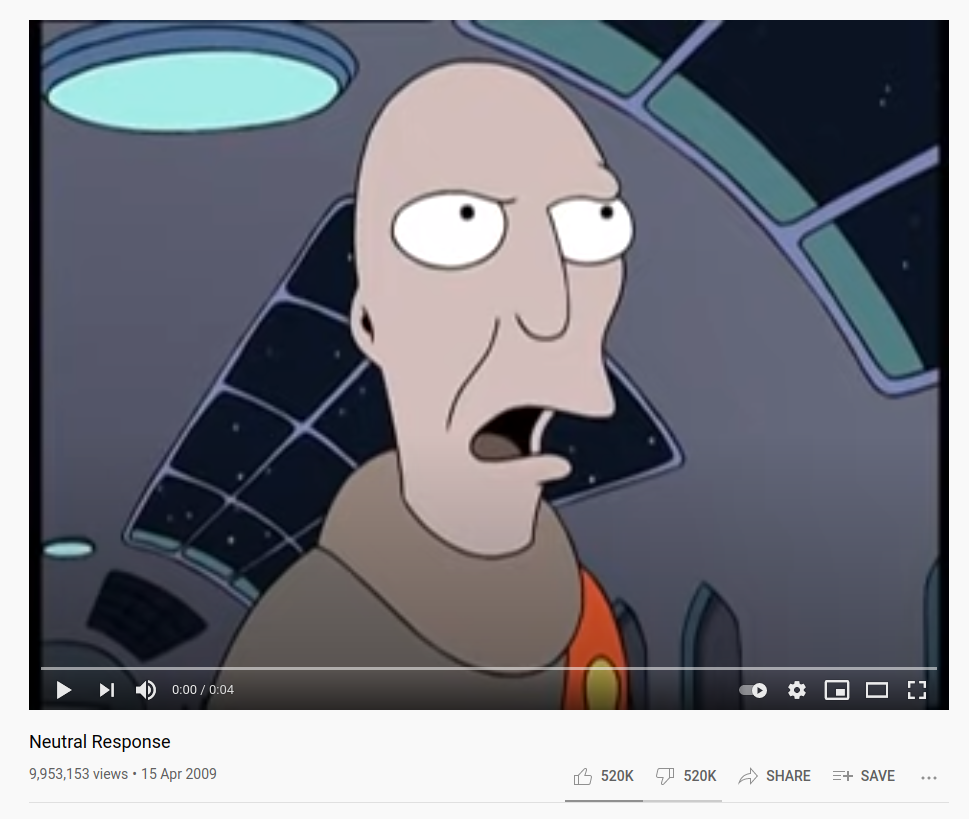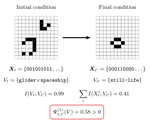Complexity theory
Take a look at this wonder of The Internet:

Notice something funny? Have a look at the number of likes and dislikes. At the time of writing, it sits squarely at 520,402 likes and 520,402 dislikes! Things like these really bring my faith in humanity back. If only we could use the same energy to, don’t know, not vote idiots into government.
Now, the interesting thing is: no one told each of these people where to click. They did it spontaneously, by looking at what other people had done and without prior communication or a central driving force. This is an example of what we call self-organised behaviour, a hallmark of complex systems.
In this line of work, I try to formalise, mathematically, what is it that makes a system complex, and how can we measure it. My approach is (you guessed it) primarily based on information theory, and together with my colleague Fernando Rosas we have put forward some simple yet powerful theories of self-organisation and emergence.




